 Thinking about getting a degree in mechanical engineering? Like the beauty, activities, and culture of the Rocky Mountain region?
Thinking about getting a degree in mechanical engineering? Like the beauty, activities, and culture of the Rocky Mountain region?
This list presents you with the top 15 mechanical engineering schools in the Rocky Mountain region. All the schools on this list are accredited through the ABET and offer a Mechanical Engineering BS or BSME. In addition, they are all located within the Rocky Mountains which includes the following states: Colorado, Idaho, Montana, Utah, and Wyoming.
Both public and private schools make up the study. The criteria include; student to faculty ratio, tuition (both in-state and out-of-state), percentage of students who receive scholarships, the amount of money the average student receives in scholarships, the percentage of students who are admitted, the percentage of those admitted who enroll, the 8-year graduation rate, and the size of the mechanical engineering department including both undergraduate and graduate students.
Rocky Mountain Mechanical Engineering College Rankings
Here is the list of the top Mechanical Engineering Colleges and Universities in the Rocky Mountain region:
- Brigham Young University
- Colorado School of Mines
- University of Denver
- University of Utah
- University of Idaho
- University of Colorado at Boulder
- University of Wyoming
- Colorado State University
- Boise State University
- University of Colorado Denver
- University of Colorado at Colorado Springs
- Utah State University
- Montana State University – Bozeman
- Brigham Young University – Idaho
- Idaho State University
You can find the breakdown of the schools by state along with more details below or by clicking on one of the top ranking colleges in the list above.
The details were provided by the National Center for Education Statistics along with the school websites. The statistics are based on the undergraduate program unless otherwise specified. Data were collected in 2016 which means they are often based on the 2015-2106 school year.
Top Colorado Mechanical Engineering Schools
Here are the top mechanical engineering programs in Colorado, in order by their ranking.
Colorado School of Mines Score: 59.6
- Mechanical Engineering, BS
- ABET Accreditation: 10/01/1936-Present
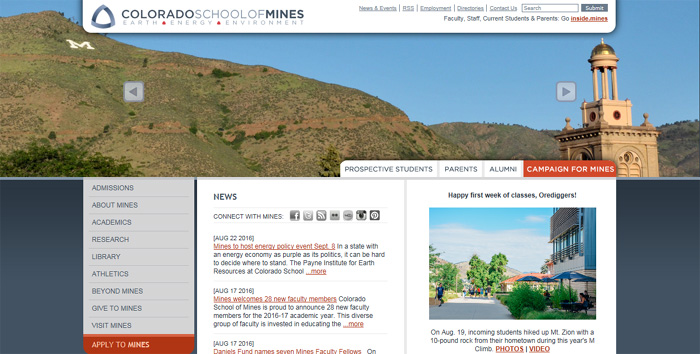
Colorado School of Mines is a public school located in a large suburb in Golden, Colorado.
Most of the students attend the school full-time. Only 5% of the undergraduate student body attend part-time. Most of the students who attend are 24 or under. The percentage of female students is low. Women make up only 28% of the student population.
Colorado School of Mines admitted 38% of applicants in Fall of 2015. Out of those admitted, 23% ended up enrolling in the school.
The mechanical engineering program at the Colorado School of Mines is large. 131 Bachelor degrees were completed in the 2014-2015 school year. 32 graduate degrees were completed that same year.
Further Colorado School of Mines Statistics:
- Student population: 6,054 (4,605 undergraduate)
- Student-to-faculty ratio: 16 to 1
- Tuition and fees (in-state): $17,353
- Tuition and fees (out-of-state): $34,828
- Percentage of undergrads receiving grant or scholarship aid: 77% (the average student received $9,741)
- Test scores (25th Percentile) for enrolled first-time students: SAT Math 330/ACT Math 28
- 8-year graduation rates: 72%
University of Denver Score: 58.9
- Mechanical Engineering, BSME
- ABET Accreditation: 10/01/1988-Present
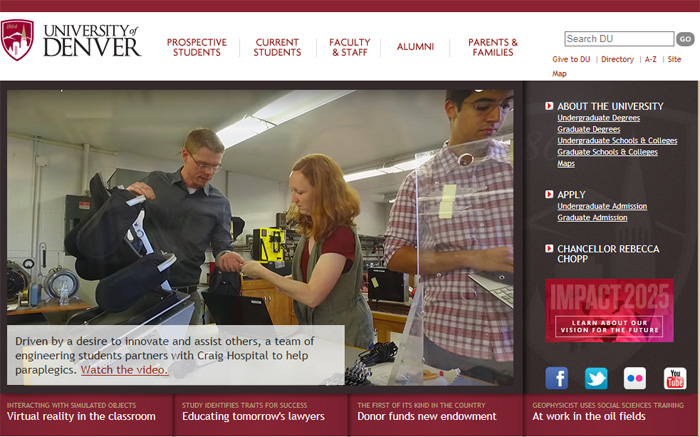
The University of Denver is a private, not-for-profit school. It’s located in Denver, Colorado which is a large, metropolitan city.
Most of the students attending the University of Denver attend full-time. About half the student population is female and 95% of the students are 24 and under. 60% are from out-of-state.
The University of Denver admitted 73% of the students who applied in fall of 2015. Of those who were admitted, 13% enrolled.
The mechanical engineering program at the University of Denver is on the small-to-medium side with 26 students completing their Bachelor’s degree in 2015. In addition, the University offers graduate degrees. There were 10 graduate degrees completed in 2015.
Further University of Denver Statistics:
- Student population: 11,797 (5,758 undergraduate)
- Student-to-faculty ratio: 11 to 1
- Tuition and fees (in-state): $44,178
- Tuition and fees (out-of-state): $44,178
- Percentage of undergrads receiving grant or scholarship aid: 83% (the average student received $25,047)
- Test scores (25th Percentile) for enrolled first-time students: SAT Math 560/ACT Math 25
- 8-year graduation rates: 78%
University of Colorado at Boulder Score: 51.6
- Mechanical Engineering, BS
- ABET Accreditation: 10/01/2011-Present
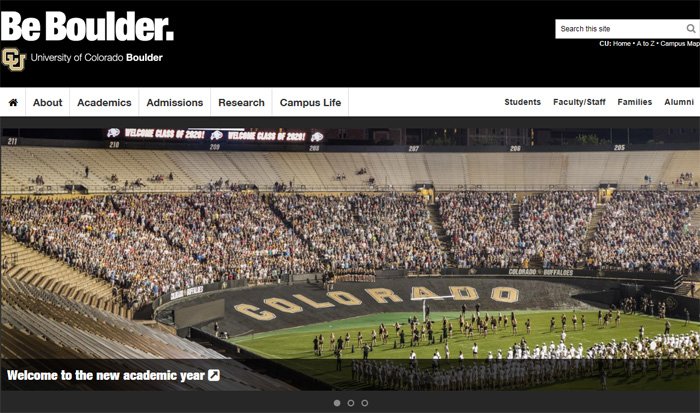
The University of Colorado at Boulder is a public institute in Boulder, Colorado, which is classified as a small city.
It’s a traditional college where only 8% of the student population attends part-time. About half the students are female and most all are 24 years of age or under.
In 2015, the University admitted 80% of its applicants. Of those that were admitted, 25% enrolled.
The University of Colorado at Boulder has a very large mechanical engineering program. In the 2015 school year there were 196 undergraduate degrees in mechanical engineering granted. In addition, there were 72 graduate degrees granted that same school year.
Further University of Colorado at Boulder Statistics:
- Student population: 33,056 (27,142 undergraduate)
- Student-to-faculty ratio: 18 to 1
- Tuition and fees (in-state): $11,091
- Tuition and fees (out-of-state): $34,125
- Percentage of undergrads receiving grant or scholarship aid: 47% (the average student received $9,408)
- Test scores (25th Percentile) for enrolled first-time students: SAT Math 540/ACT Math 24
- 8-year graduation rates: 72%
Colorado State University Score: 50.2
- Mechanical Engineering, BS
- ABET Accreditation: 10/01/1938-Present
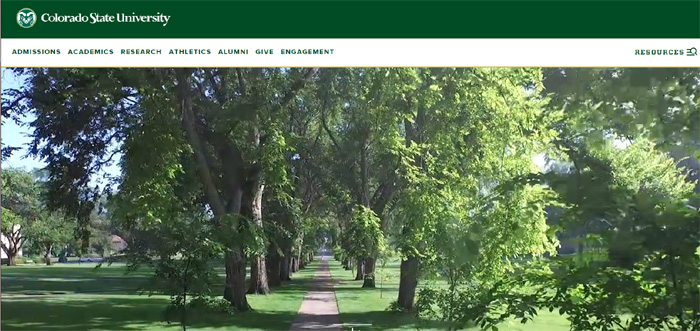
Colorado State University is a public university located in Fort Collins, Colorado. Fort Collins is classified as a midsize city. 13% of the school’s undergraduate students attend on a part-time status. The ratio of males to females is about equal. Most of the students are 24 and under with 76% of them coming from in-state.
Colorado State University admit 81% of its fall 2015 applicants. 32% of those admitted enrolled in the school.
The mechanical engineering program at Colorado State is fairly large. 134 students graduated during the 2015 school year with their Bachelor’s degree in mechanical engineering. The school also offers graduate degrees in mechanical engineering with 25 graduating with a Master’s or PhD in the 2015 school year.
Further Colorado State University Statistics:
- Student population: 30,614 (23,917 undergraduate)
- Student-to-faculty ratio: 18 to 1
- Tuition and fees (in-state): $10,558
- Tuition and fees (out-of-state): $27,267
- Percentage of undergrads receiving grant or scholarship aid: 59% (the average student received $7,240)
- Test scores (25th Percentile) for enrolled first-time students: SAT Math 520/ACT Math 22
- 8-year graduation rates: 66%
University of Colorado Denver Score: 47.1
- Mechanical Engineering, BS
- ABET Accreditation: 10/01/1982-Present

The University of Colorado Denver is a public college located in Denver, Colorado. Denver is a large, metropolitan city.
The school is fairly progressive with 43% of its undergraduate students attending part-time. About half the student population is female and 76% of its students are 24 and under. 24% of the student population is 25 and over. 91% of the students are from within the state of Colorado.
During the 2015 school year, 67% of all applicants were admitted into the school. Of those, 24% enrolled in the school.
The mechanical engineering program at University of Colorado Denver is midsized. In 2015, 56 undergraduate degrees in mechanical engineering were granted. During that same year, 20 graduate degrees in mechanical engineering were granted.
Further University of Colorado Denver Statistics:
- Student population: 23,671 (14,036 undergraduate)
- Student-to-faculty ratio: 16 to 1
- Tuition and fees (in-state): $8,692
- Tuition and fees (out-of-state): $23,704
- Percentage of undergrads receiving grant or scholarship aid: 54% (the average student received $6,030)
- Test scores (25th Percentile) for enrolled first-time students: SAT Math 480/ACT Math 19
- 8-year graduation rates: 45%
University of Colorado at Colorado Springs Score: 46.6
- Mechanical Engineering, BS
- ABET Accreditation: 10/01/2002-Present
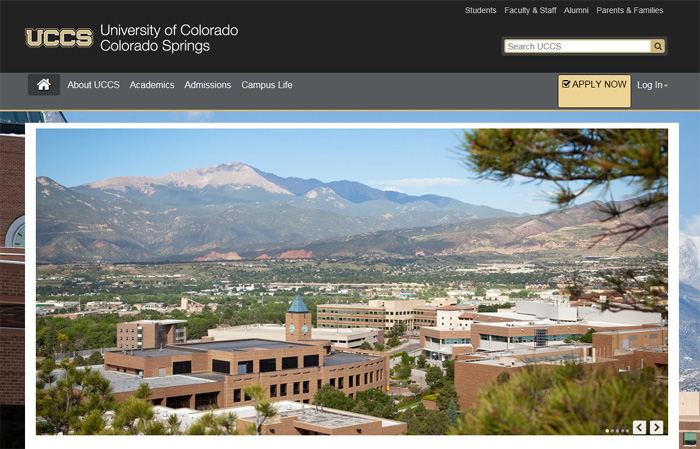
The University of Colorado at Colorado Springs is a public institute located in Colorado Springs, Colorado. Colorado Springs is classified as a large city.
25% of the undergraduate students enrolled attend the school part-time. Just 74% of the students are age 24 and under.
In 2015, 92% of the applicants were admitted while 22% of those admitted enrolled.
The mechanical engineering program is mid-sized with 69 Bachelor’s degrees and 17 graduate degrees granted in the 2015 school year.
Further University of Colorado at Colorado Springs Statistics:
- Student population: 11,988 (9,970 undergraduate)
- Student-to-faculty ratio: 15 to 1
- Tuition and fees (in-state): $7,692
- Tuition and fees (out-of-state): $17,988
- Percentage of undergrads receiving grant or scholarship aid: 58% (the average student received $4,779)
- Test scores (25th Percentile) for enrolled first-time students: SAT Math 470/ACT Math 19
- 8-year graduation rates: 49%
Top Idaho Mechanical Engineering Schools
Here are the top mechanical engineering programs in Idaho, in order of their ranking.
University of Idaho Score: 52.6
- Mechanical Engineering, BS
- ABET Accreditation: 10/01/1936-Present
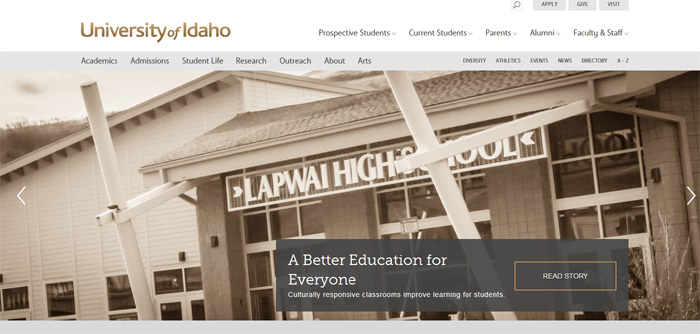
The University of Idaho is a public university located in the rural area of Moscow, Idaho. The population of the school consists of 19% part-time students, nearly equal female to male ratios, and 88% of the students are 24 and under.
From the 2015 pool of applicants, 72% were admitted while 35% of those admitted enrolled.
The mechanical engineering program at the University of Idaho is midsized. In the 2015-2016 school year, 79 students graduated with a Bachelor’s degree in mechanical engineering. Another 15 were granted graduate degrees in mechanical engineering.
Further University of Idaho Statistics:
- Student population: 11,372 (9,116 undergraduate)
- Student-to-faculty ratio: 16 to 1
- Tuition and fees (in-state): $7,020
- Tuition and fees (out-of-state): $21,024
- Percentage of undergrads receiving grant or scholarship aid: 79% (the average student received $7,482)
- Test scores (25th Percentile) for enrolled first-time students: SAT Math 470/ACT Math 20
- 8-year graduation rates: 57%
Boise State University Score: 48.1
- Mechanical Engineering, BS
- ABET Accreditation: 10/01/1997-Present
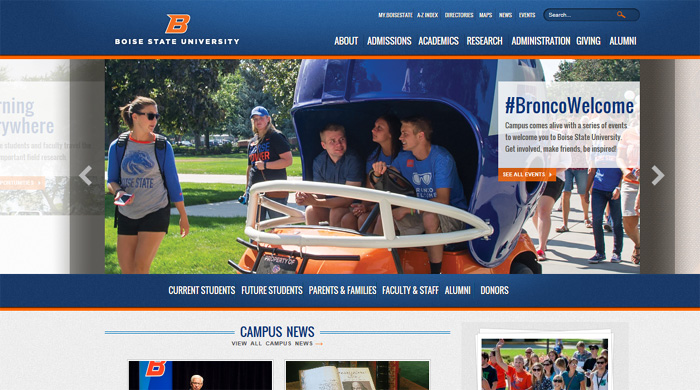
Boise State University is a public university located in the midsized city of Boise, Idaho. The school is fairly progressive as 37% of the student population attend part-time and 26% are 25 years old or over. Most of the students are from within the state of Idaho.
During Fall of 2015, 80% of the students who applied were admitted while 34% of those admitted enrolled.
The Boise State University mechanical engineering program is fairly large. During the 2015-2016 school year 93 undergraduate and 4 graduate degrees in mechanical engineering were granted.
Further Boise State University Statistics:
- Student population: 22,086 (19,103 undergraduate)
- Student-to-faculty ratio: 17 to 1
- Tuition and fees (in-state): $6,876
- Tuition and fees (out-of-state): $20,926
- Percentage of undergrads receiving grant or scholarship aid: 67% (the average student received $8,341)
- Test scores (25th Percentile) for enrolled first-time students: SAT Math 460/ACT Math 19
- 8-year graduation rates: 45%
Brigham Young University – Idaho Score: 41.1
- Mechanical Engineering, BS
- ABET Accreditation: 10/01/2004-Present
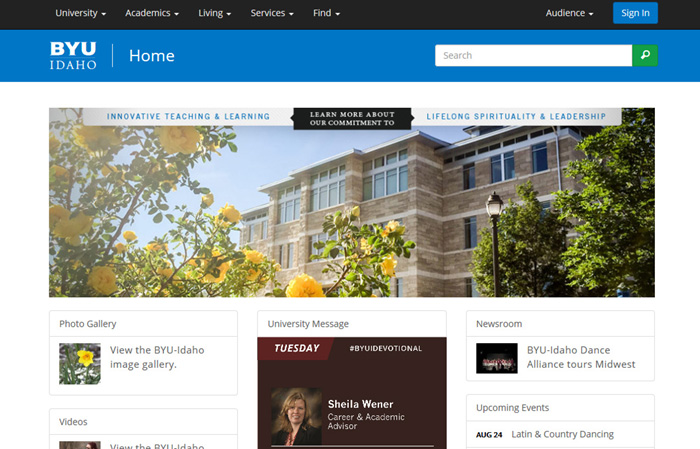
Brigham Young University is a private not-for-profit school located in the distant town of Rexburg, Idaho. This school is associated with the Latter Day Saints (Mormon Church).
The student population is progressive in as much as 61% of the students attend part-time and 45% are 25 years old or over. 57% of the school is female and 79% are from out-of-state.
In the Fall of 2015, 100% of the applicants were admitted while 47% who were admitted enrolled.
The mechanical engineering program is fairly large with 103 undergraduate degrees granted in the 2015 school year. There were no graduate degrees granted during that time-frame.
Further Brigham Young University – Idaho Statistics:
- Student population: 43,803 (all undergraduate)
- Student-to-faculty ratio: 25 to 1
- Tuition and fees (in-state): $3,830
- Tuition and fees (out-of-state): $3,830
- Percentage of undergrads receiving grant or scholarship aid: 50% (the average student received $3,049)
- Test scores (25th Percentile) for enrolled first-time students: SAT Math 450/ACT Math 18
- 8-year graduation rates: 72%
Idaho State University Score: 37.3
- Mechanical Engineering, BS
- ABET Accreditation: 10/01/1998-Present

Idaho State University is a public college located in the small city of Pocatello, Idaho. 38% of the student population attends the school part-time. 29% of the student body is 25 years of age and over. Idaho State University has an open admission policy.
The mechanical engineering program at Idaho State is fairly small with 15 undergraduate degrees and 2 graduate degrees granted during the 2015 school year.
Further Idaho State University Statistics:
- Student population: 13,078 (11,200 undergraduate)
- Student-to-faculty ratio: 15 to 1
- Tuition and fees (in-state): $6,784
- Tuition and fees (out-of-state): $20,182
- Percentage of undergrads receiving grant or scholarship aid: 67% (the average student received $5,920)
- 8-year graduation rates: 38%
Top Montana Mechanical Engineering Schools
Here is the top mechanical engineering program in Montana.
Montana State University Score: 43.6
- Mechanical Engineering, BS
- ABET Accreditation: 10/01/1936-Present
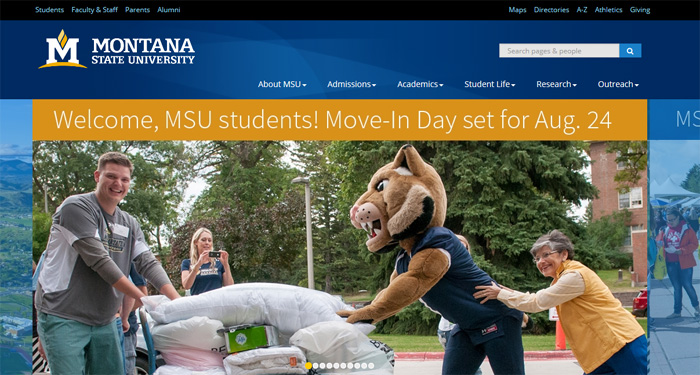
Montana State University is a public school located in the remote town of Bozeman, Montana.
During the Fall of 2015, 83% of the applicants were admitted while 25% of those admitted chose to enroll.
The mechanical engineering program at Montana State University is large with 118 undergraduate degrees awarded during the 2015-2016 school year. An additional 5 graduate mechanical engineering degrees were also awarded.
Further Montana State University Statistics:
- Student population: 15,236 (13,633 undergraduate)
- Student-to-faculty ratio: 19 to 1
- Tuition and fees (in-state): $6,849
- Tuition and fees (out-of-state): $22,081
- Percentage of undergrads receiving grant or scholarship aid: 78% (the average student received $5,973)
- Test scores (25th Percentile) for enrolled first-time students: SAT Math 510/ACT Math 21
- 8-year graduation rates: 53%
Top Utah Mechanical Engineering Schools
Here are the top mechanical engineering programs in Utah, in order by their ranking.
Brigham Young University Score: 63.5
- Mechanical Engineering, BS
- ABET Accreditation: 10/01/1960-Present
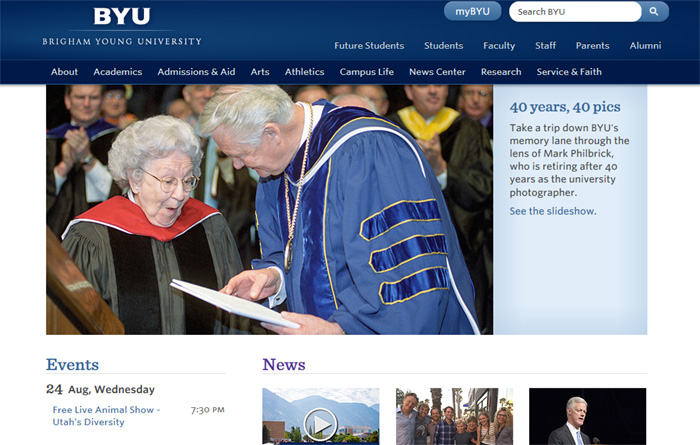
Brigham Young University is a private not-for-profit school located in the midsize city of Provo, Utah. The school is affiliated with the Latter Day Saints (Mormon Church).
The make-up of the school includes 48% female students; 89% 24 and under, 10% attending part-time, and 62% out-of-state.
Brigham Young University admitted 48% of the applicants who applied in the fall of 2015. 80% of those who were admitted enrolled in the school.
Brigham Young University has a large mechanical engineering program. There were 127 undergraduate degrees in mechanical engineering granted during the 2015 school year. In addition, 50 graduate degrees were granted during the 2015 school year.
Further Brigham Young University Statistics:
- Student population: 33,469 (30,221 undergraduate)
- Student-to-faculty ratio: 20 to 1
- Tuition and fees (in-state): $5,150
- Tuition and fees (out-of-state): $5,150
- Percentage of undergrads receiving grant or scholarship aid: 51% (the average student received $4,629)
- Test scores (25th Percentile) for enrolled first-time students: SAT Math 580/ACT Math 26
- 8-year graduation rates: 86%
University of Utah Score: 55.9
- Mechanical Engineering, BS
- ABET Accreditation: 10/01/1936-Present
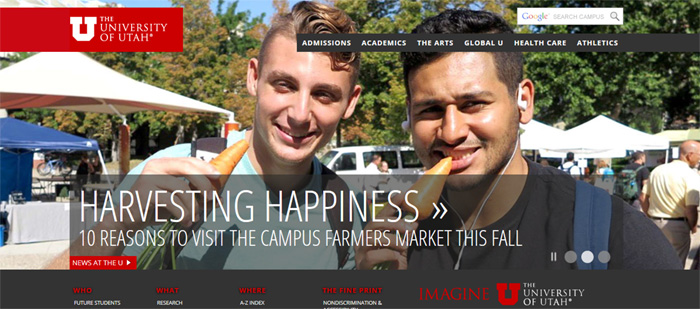
The University of Utah is a public school located in the midsized city of Salt Lake City, Utah.
The student population is made up of 44% female students with 73% of both men and women attending being in the 24 and younger age bracket. 29% of the students attend part-time.
During the Fall of 2015 school year, 81% of the applicants were admitted while 34% of those admitted enrolling.
The University of Utah of mechanical engineering program is large. There were 138 undergraduate degrees granted during the 2015 school year. In additional 68 graduate degrees were also granted which makes this school one of the largest mechanical engineering granting graduate programs in the Rocky Mountain region.
Further University of Utah Statistics:
- Student population: 31,592 (23,794 undergraduate)
- Student-to-faculty ratio: 16 to 1
- Tuition and fees (in-state): $8,197
- Tuition and fees (out-of-state): $26,022
- Percentage of undergrads receiving grant or scholarship aid: 68% (the average student received $7,725)
- Test scores (25th Percentile) for enrolled first-time students: SAT Math 510/ACT Math 20
- 8-year graduation rates: 74%
Utah State University Score: 46.5
- Mechanical Engineering, BS
- ABET Accreditation: 10/01/1961-Present
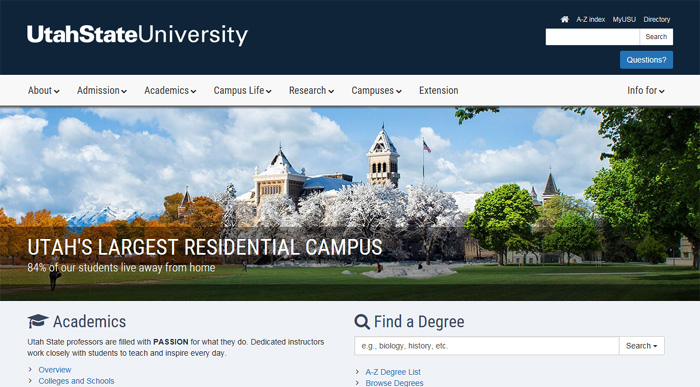
Utah State University is a public university located in the small town of Logan, Utah.
The school is comprised of a nearly equal ratio of men to women. 79% of the student body is 24 years old and under while 32% attend on a part-time basis.
During Fall of 2015, 97% of the applicants were admitted with 30% ultimately enrolling.
The mechanical engineering program at Utah State University is large with 102 undergraduate degrees and 19 graduate degrees granted during the 2015 school year.
Further Utah State University Statistics:
- Student population: 28,622 (25,259 undergraduate)
- Student-to-faculty ratio: 22 to 1
- Tuition and fees (in-state): $7,260
- Tuition and fees (out-of-state): $19,760
- Percentage of undergrads receiving grant or scholarship aid: 74% (the average student received $7,382)
- Test scores (25th Percentile) for enrolled first-time students: SAT Math 470/ACT Math 19
- 8-year graduation rates: 59%
Top Wyoming Mechanical Engineering Schools
Here is the top mechanical engineering program in Wyoming.
University of Wyoming Score: 51.5
- Mechanical Engineering, BS
- ABET Accreditation: 10/01/1941-Present

The University of Wyoming is a public school located in the remote town of Laramie, Wyoming. It is fairly progressive with 16% of the student body attending part-time and 44% attending from out-of-state. In addition, 52% of the student body is female and 78% are 24 years of age and under.
During Fall of 2015, 96% of the applicants were admitted while 38% of those admitted enrolled.
The mechanical engineering department at the University of Wyoming is midsized with 43 undergraduate and 5 graduate degrees in mechanical engineering granted during the 2015-2016 school year.
Further University of Wyoming Statistics:
- Student population: 12,648 (10,045 undergraduate)
- Student-to-faculty ratio: 14 to 1
- Tuition and fees (in-state): $4,892
- Tuition and fees (out-of-state): $15,632
- Percentage of undergrads receiving grant or scholarship aid: 87% (the average student received $7,029)
- Test scores (25th Percentile) for enrolled first-time students: SAT Math 490/ACT Math 21
- 8-year graduation rates: 58%



 Are you already sure mechanical engineering is the right degree field for you and you’re just trying to narrow down the school? If so, this list will give you to top mechanical engineering schools in the plains.
Are you already sure mechanical engineering is the right degree field for you and you’re just trying to narrow down the school? If so, this list will give you to top mechanical engineering schools in the plains.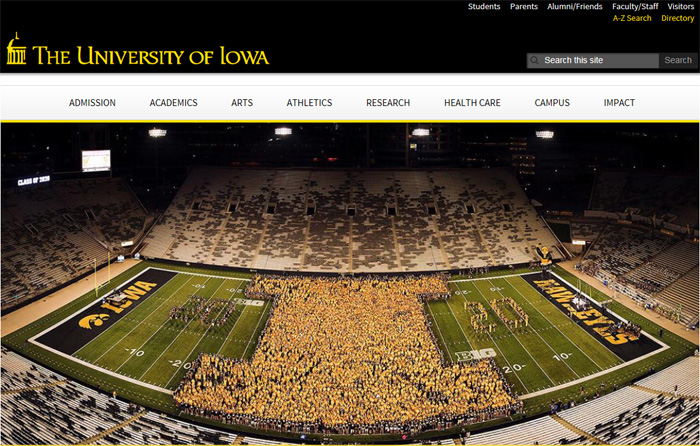

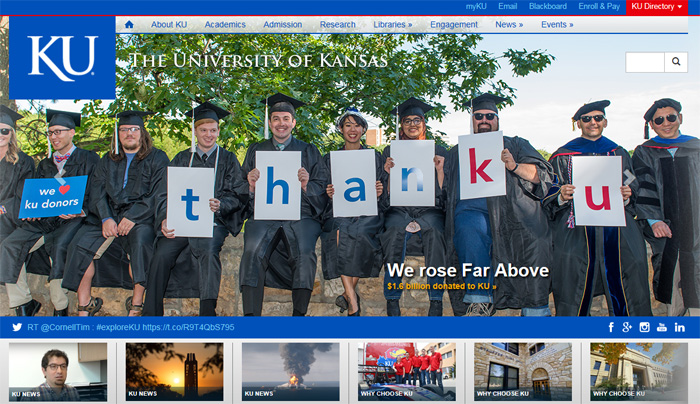

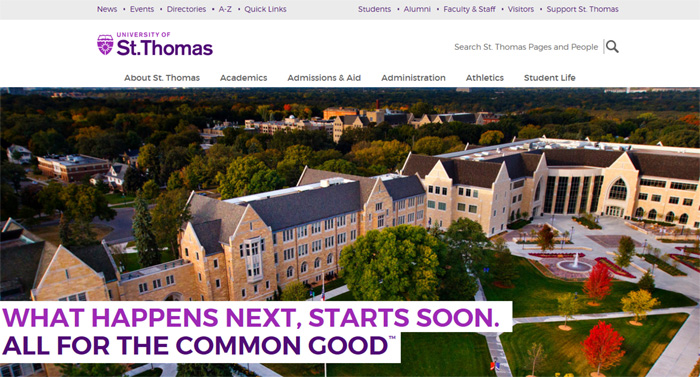
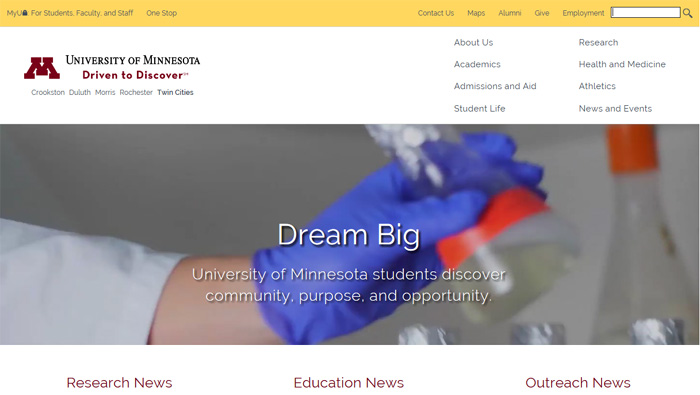


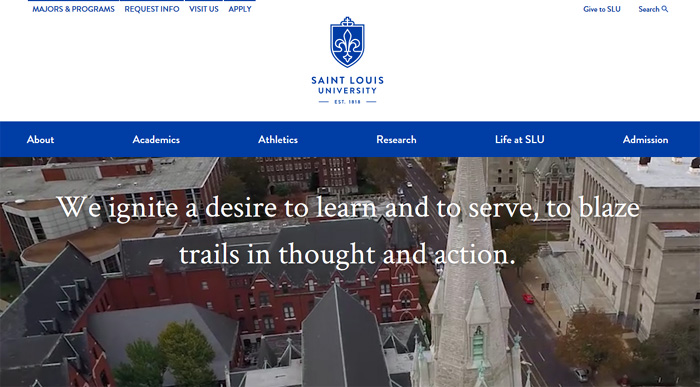

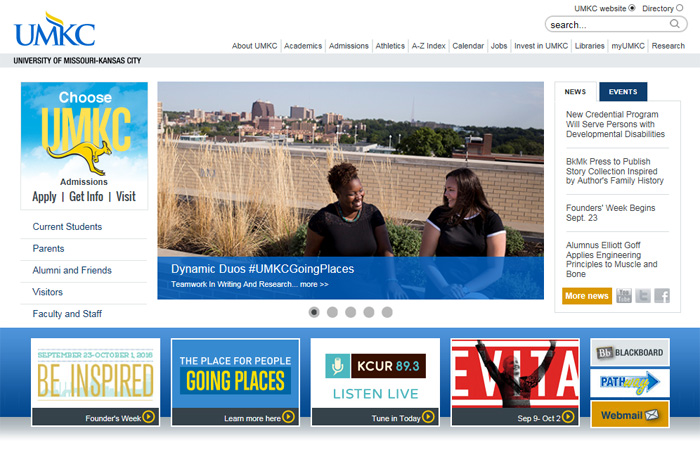




 Thinking about getting a degree in mechanical engineering? Like the beauty, activities, and culture of the Rocky Mountain region?
Thinking about getting a degree in mechanical engineering? Like the beauty, activities, and culture of the Rocky Mountain region?













